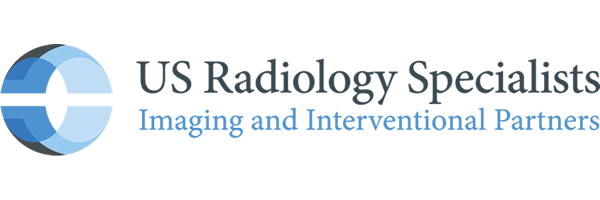Vein disease, including spider veins and varicose veins, can be treated non-surgically and with lasting results. Two leading-edge vein procedures — endovenous laser therapy (EVLT) and sclerotherapy — are minimally invasive procedures that reroute blood from diseased veins to healthy veins. These treatments can help to improve overall vein health as well as the visual appearance of veins while providing pain relief and lasting results.
EVLT and Sclerotherapy
EVLT is a procedure that uses energy from a laser to close varicose veins. During therapy EVLT, the provider inserts a laser fiber into the diseased vein. The heat from the laser then closes the vein, and blood reroutes into healthy veins. The laser doesn’t harm surrounding tissue.
Sclerotherapy is the most common form of treatment for non-painful varicose or spider veins. Charlotte Radiology offers both medical and cosmetic sclerotherapy. Medical sclerotherapy is performed after EVLT to treat any leftover varicose veins. Cosmetic sclerotherapy is a cosmetic treatment for spider veins. During this procedure, the provider injects a chemical into the diseased vein. This chemical causes the vein to swell and stick together, which eventually closes it off and then fades from view.
Read More: Vittorio Antonacci, MD, Vascular and Interventional Radiologist at Charlotte Radiology, Debunks Five Common Vein Disease Myths
Successfully treated veins don’t return, but it is possible that new varicose or spider veins may form.
Who Needs EVLT and Sclerotherapy
Because some diseased veins can increase your risk for blood clots or open sores, your provider may also want you to undergo the procedures if you experience:
- Aching or throbbing pain
- Burning sensation
- Cramping
- Heaviness or fatigue in the legs
- Skin discoloration
- Skin irritation or sores
- Swelling of the legs or veins
Read More: This is Why I Chose Charlotte Radiology for Vein Treatment
Before your health care provider requests EVLT or sclerotherapy, they may need tests to make sure that leg vein treatment is safe for you. These tests may include an ultrasound to view the blood flow through your leg veins and a special blood pressure test to see if you have any abnormal blood flow through your legs.
Aftercare
Both EVLT and sclerotherapy are minimally invasive procedures. You will not need to be placed under anesthesia for either procedure, though a local anesthetic may be used to prevent any pain.
After EVLT or sclerotherapy, you will need to wear compression stockings for at least one to two weeks and walk around as normal to promote blood flow. Typically, people can return to their regular activities the next day.
If you receive EVLT, you will need to keep the treated area out of the sun for three to four weeks to prevent dark spots.
Smaller veins may go away immediately, but you can generally expect these procedures to make spider veins disappear within three to six weeks. Varicose veins can take up to three to four months to fully disappear.



